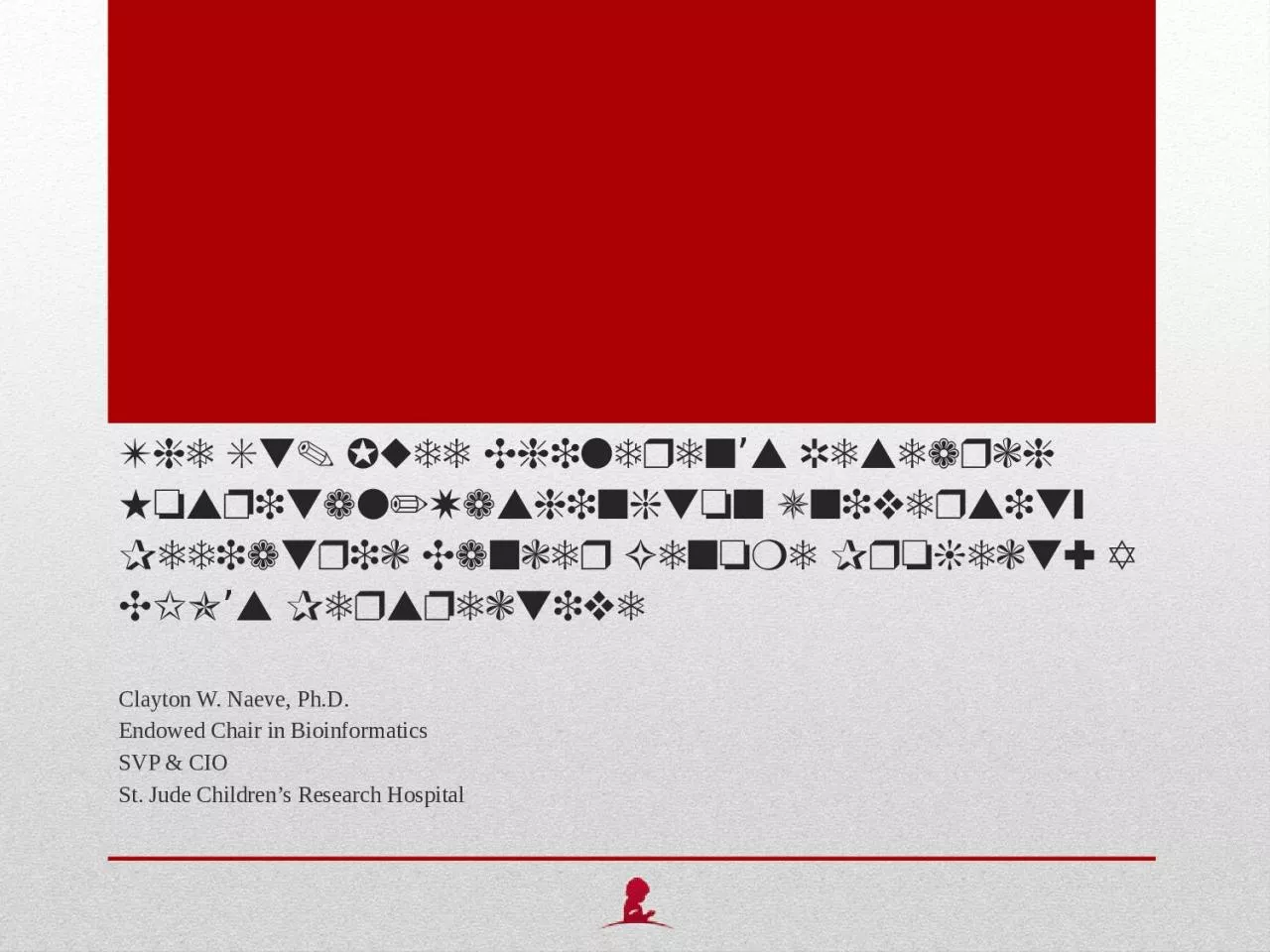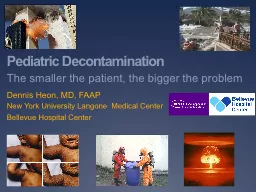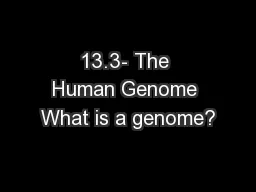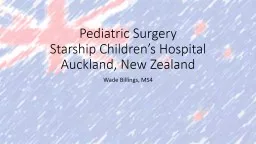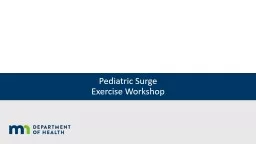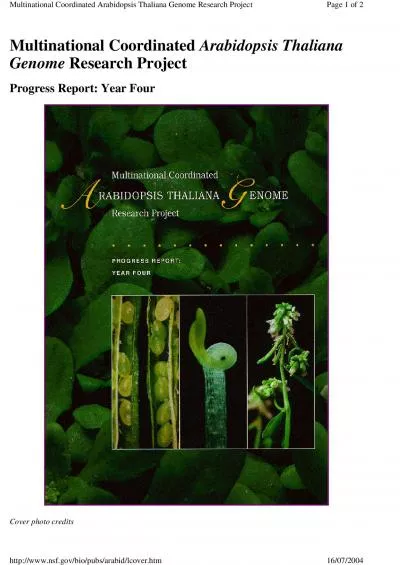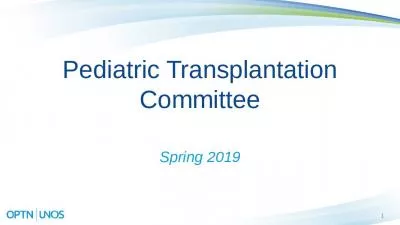PPT-The St. Jude Children’s Research Hospital/Washington University Pediatric Cancer Genome
Author : Hulksmash | Published Date : 2022-08-01
Clayton W Naeve PhD Endowed Chair in Bioinformatics SVP amp CIO St Jude Childrens Research Hospital The Data Deluge St Jude Data The First 50 Years 48 Years 800
Presentation Embed Code
Download Presentation
Download Presentation The PPT/PDF document "The St. Jude Children’s Research Hospi..." is the property of its rightful owner. Permission is granted to download and print the materials on this website for personal, non-commercial use only, and to display it on your personal computer provided you do not modify the materials and that you retain all copyright notices contained in the materials. By downloading content from our website, you accept the terms of this agreement.
The St. Jude Children’s Research Hospital/Washington University Pediatric Cancer Genome: Transcript
Download Rules Of Document
"The St. Jude Children’s Research Hospital/Washington University Pediatric Cancer Genome"The content belongs to its owner. You may download and print it for personal use, without modification, and keep all copyright notices. By downloading, you agree to these terms.
Related Documents

